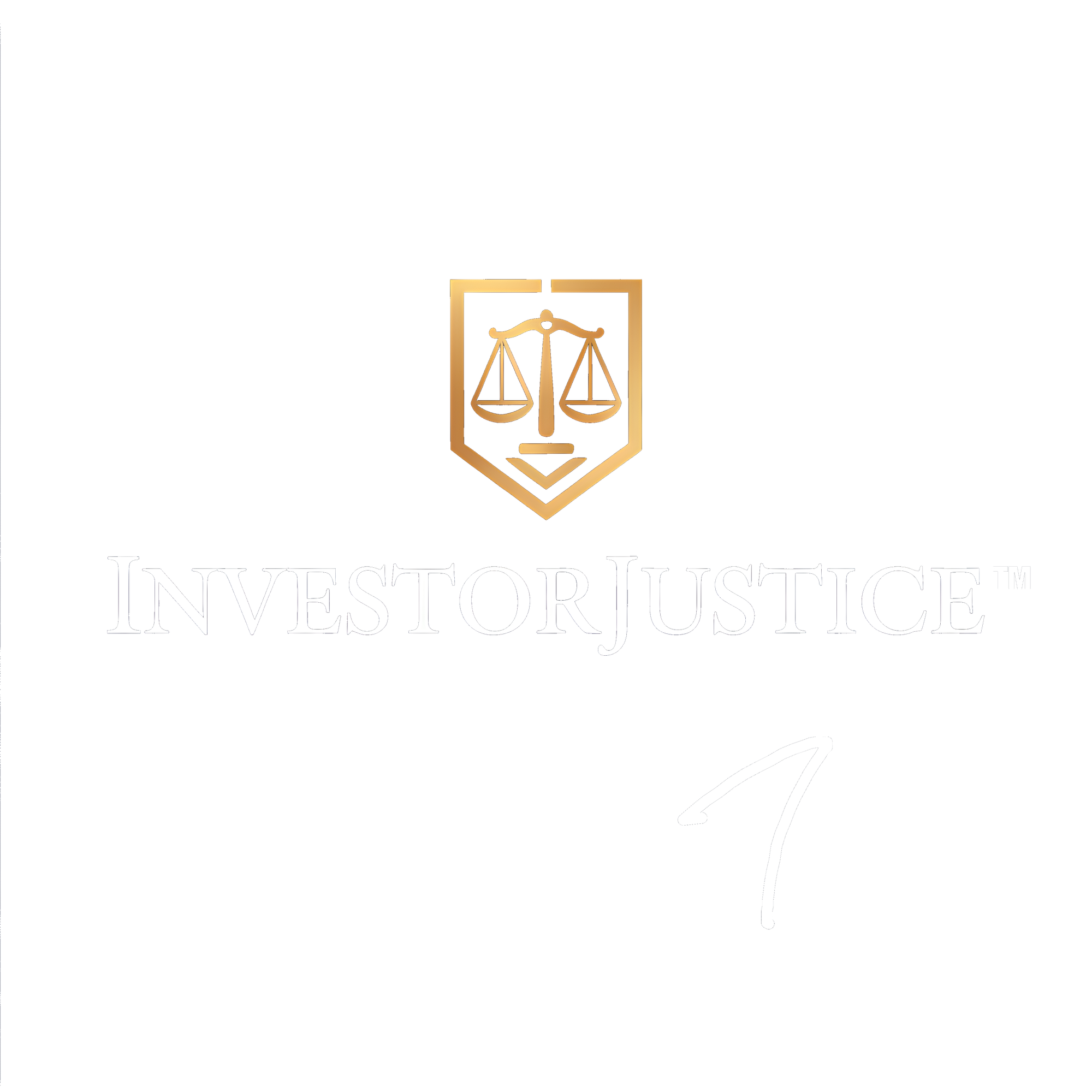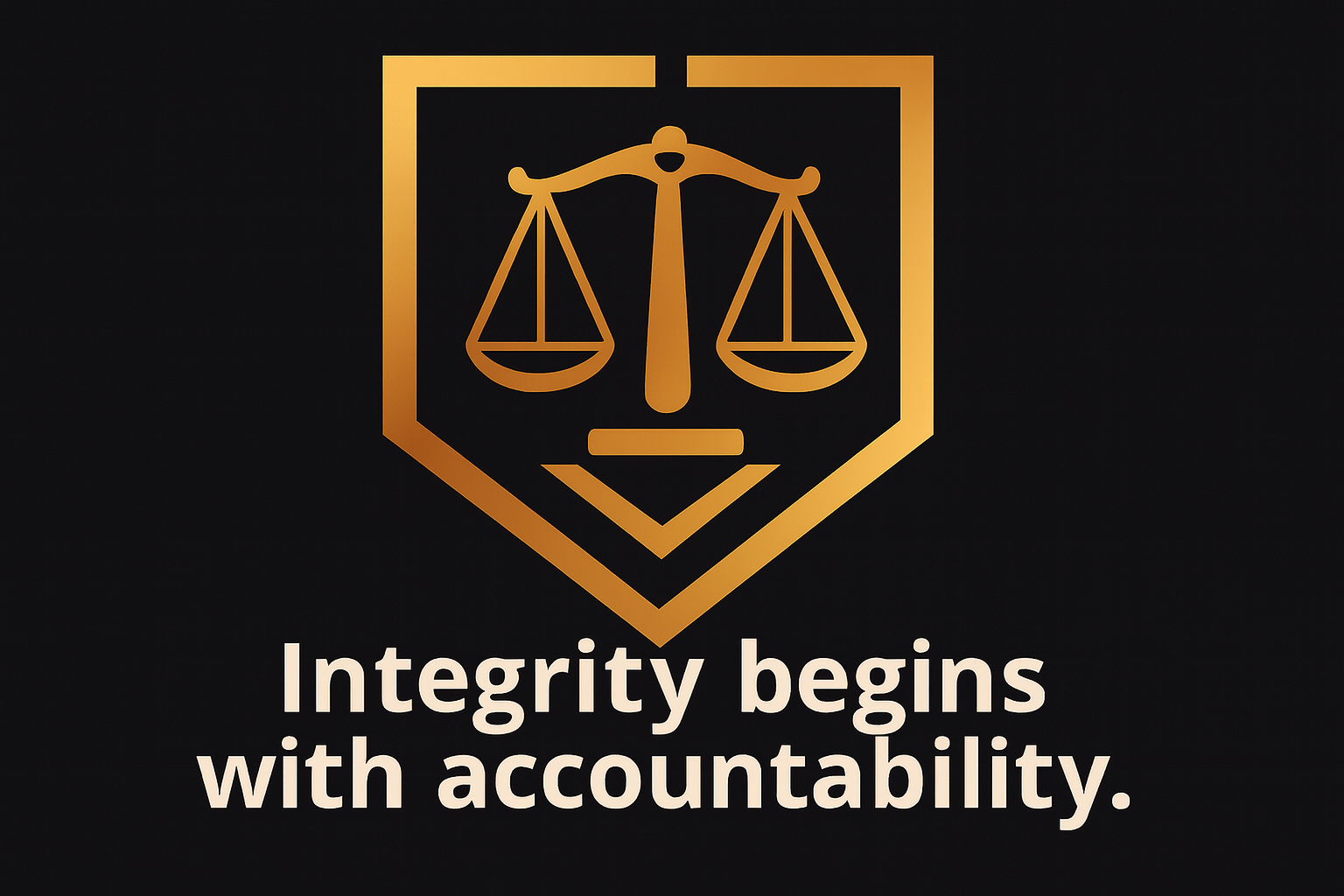Purpose
To ensure that any modification, removal, or update of published case information on InvestorJustice.org complies with transparency principles, protects claimant rights, and preserves the integrity of the public record.
Core Principles
- Transparency before discretion: No content is modified or removed until a resolution is verified in writing.
- Truth is non-negotiable: Settlement may change visibility, but not history.
- Resolution ≠ deletion: When possible, resolved cases are marked as such and not erased.
- Public trust is paramount: Every edit must strengthen long-term trust in the IJ process.
Resolution Request Scenarios
| Scenario | Example | Action |
|---|---|---|
| A. Direct settlement payment | Company agrees to reimburse claimant or restore funds. | Update case status to Resolved – Settlement Completed, including confirmation date. |
| B. Corrective regulatory action | Regulator intervenes; company cooperates to resolve issue. | Update to Resolved – Regulatory Coordination. Include citation if public. |
| C. Non-financial resolution | Company apologizes or updates policy. | Update to Resolved – Policy Correction, keep case visible with brief summary. |
| D. Withdrawal or dispute | Company challenges facts, or claimant retracts. | Tag as Withdrawn / Contested. Add context but retain record for audit. |
Mandatory Requirements Before Any Change
- Written confirmation of settlement
- From company legal or regulator; not verbal.
- Includes confirmation of payment, policy fix, or other remedy.
- Internal verification
- Verify that the claimant confirms the resolution outcome.
- Capture transaction proof or documentation.
- Case record update
- Add “Resolution Summary” field to metadata.
- Log date, type, and confirmation reference (e.g., FINMA correspondence, legal email).
- Public transparency note
- Include standard footer language:
“This case has been resolved following verified corrective action. Record maintained for public transparency.”
Optional Confidentiality Handling
If a settlement agreement includes confidentiality terms:
- Replace identifying details (e.g., names, amounts) with general descriptions.
- Maintain all non-confidential factual components (jurisdiction, date, issue type).
- Tag case with
#confidential-resolutionfor backend indexing. - Update Wall entry to Resolved (Confidential Terms) with a placeholder summary.
Ethical & Legal Alignment
This protocol supports:
- Transparency-as-Infrastructure (TaI) principles; history preserved, integrity maintained.
- Journalistic ethics: Facts remain verifiable and responsibly updated.
- Regulatory alignment: Complies with financial transparency and recordkeeping standards.
Example of Public-Record Update
Case 2025-000001 — Resolved – Settlement Completed
Verified through counsel correspondence with company legal.
Claimant funds restored in full on [date].
Original documentation archived internally per IJ retention policy.
Record Retention
All pre-resolution content remains in a private archive (non-public) for at least 7 years.
Access restricted to legal counsel, auditors, or verified researchers.
For general editorial corrections or content disputes, see our Content Integrity Challenge Policy.
Last updated: October 15, 2025
This Resolution Visibility Protocol forms part of our commitment to transparency, accountability, and the right of the public to access truthful information.

